Yes it works.
There are many people who will tell you that the Long Tail Cast-on isn’t flexible enough for sock. I submit that it definitely is, if you do the cast-on properly.
There are loads of people who will tell you that the trick is to cast on over two needles. Sadly, all that does is make loose stitches on the first row and does very little to help the flexibility of the cast on. Tried it so many times; was always disappointed in the results.
The trick to flexibility isn’t in making longer loops over the needle. It is in properly spacing the loops apart. Here is a photo of how most people, including me at first, work a Long Tail Cast-on. Notice how the stitches are right next to one another, practically touching? This cast on will have very little stretch.
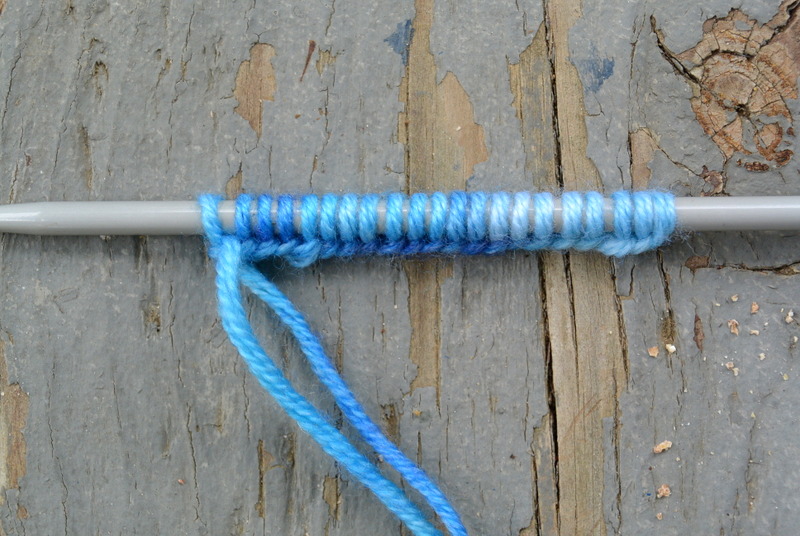
Now look at this properly spaced cast on. See how much space there is between each stitch? Adding that space to the loops below the needle (rather than the loops on the needle) will make your cast on flexible. How much space? It depends a bit on the project, but for most things, you need at least as much space between the needles as the width of the yarn. For socks, you want a bit more, closer to 1.5 to 2 times the width of the yarn.
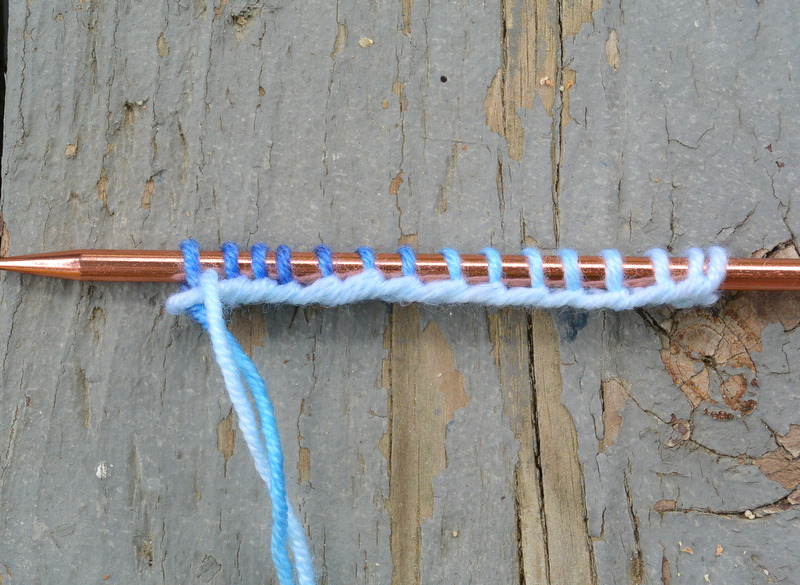
Here is how these two look side by side. Both needles have the same number of stitches on them (if I counted correctly).
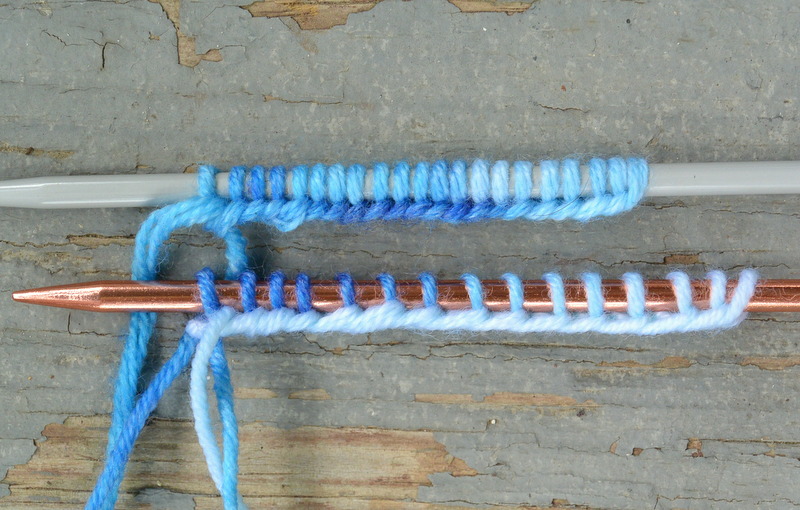
Now look at the same stitches from the bottom. See how short the loops on the bottom needle are compared to the loops on the top needle. It is that spacing that will give stretch to your cast on.
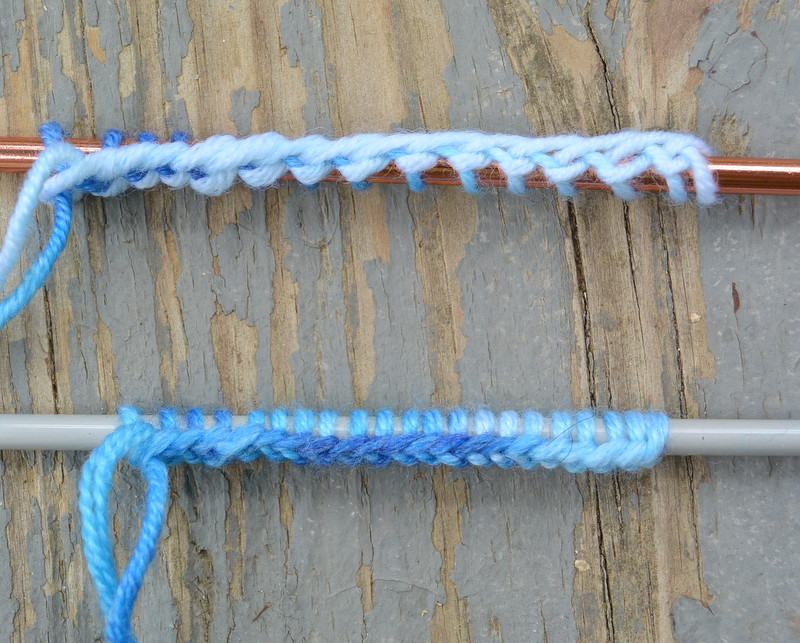
So if you will learn to properly space your Long Tail Cast-on, it can definitely be used for socks. Here is my latest sock being cast on right now. Keep watching to see this cast on grow into a beautiful sock.
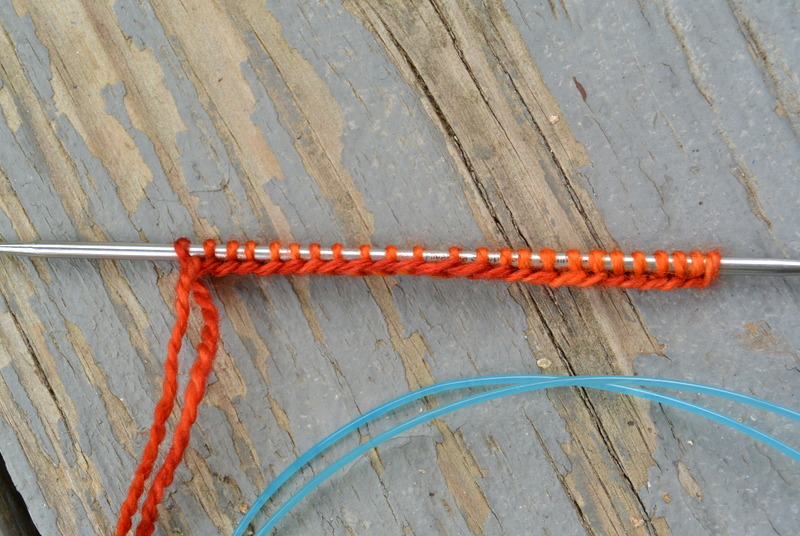


Yes, I started doing this some time ago and found it quite helpful. I use my fingers on the needle to provide proper spacing. ☺️
Excellent! Thanks for posting this! I’ll try it on my next pair.